
How to Use r307: Examples, Pinouts, and Specs
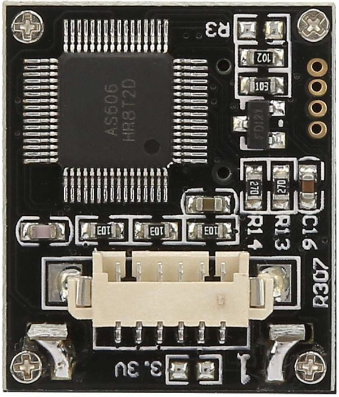
 Design with r307 in Cirkit Designer
Design with r307 in Cirkit DesignerIntroduction
The R307 is a resistor, an essential passive electronic component used to control the flow of electric current in a circuit. Resistors are widely used in various applications, from simple circuits to complex electronic devices, to limit current, divide voltages, and provide biasing for active elements.
Explore Projects Built with r307
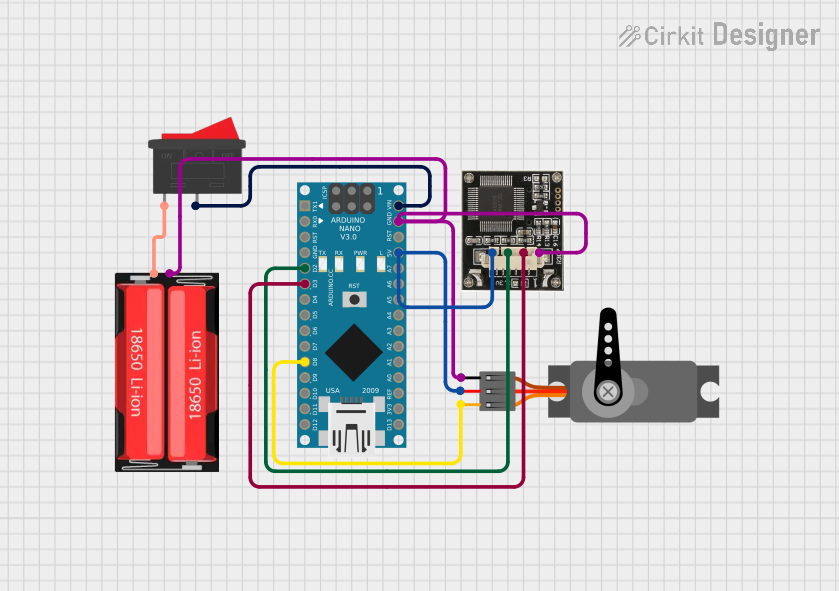
 Open Project in Cirkit Designer
Open Project in Cirkit Designer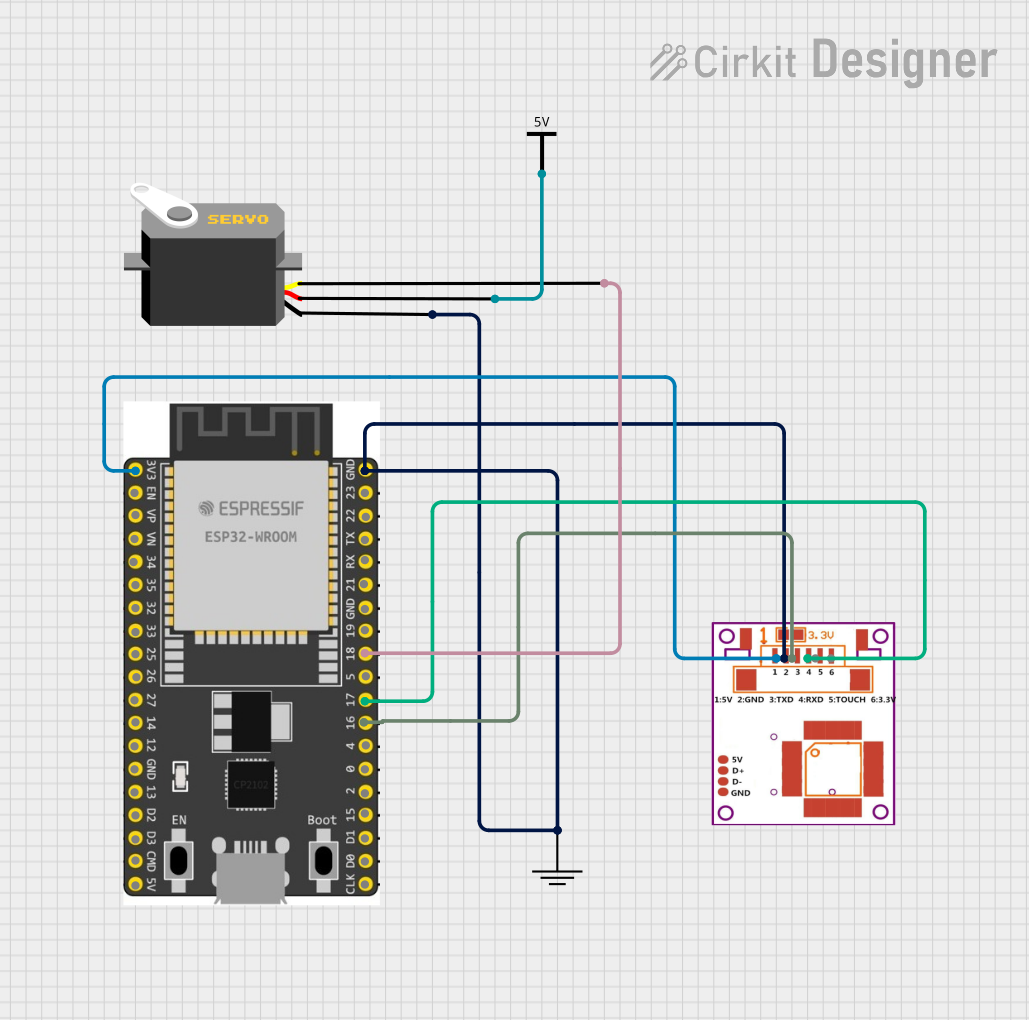
 Open Project in Cirkit Designer
Open Project in Cirkit Designer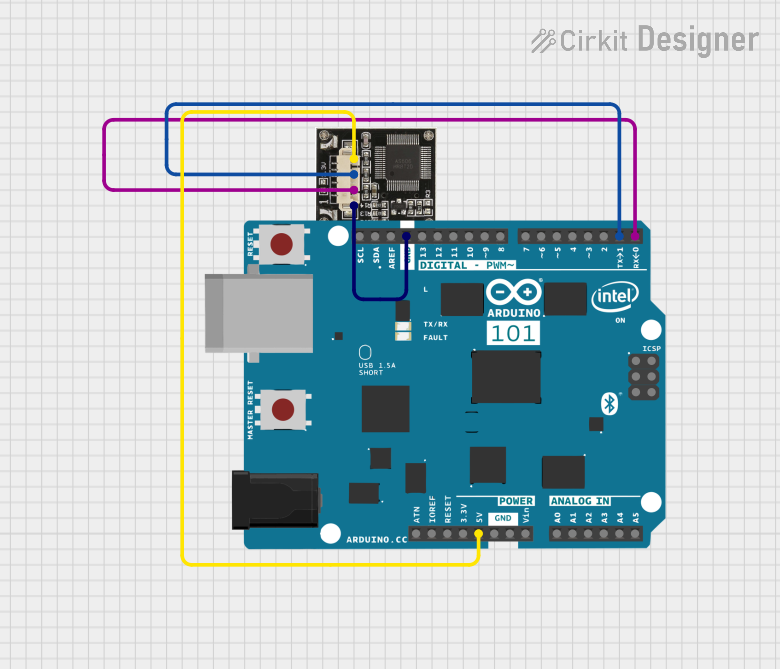
 Open Project in Cirkit Designer
Open Project in Cirkit Designer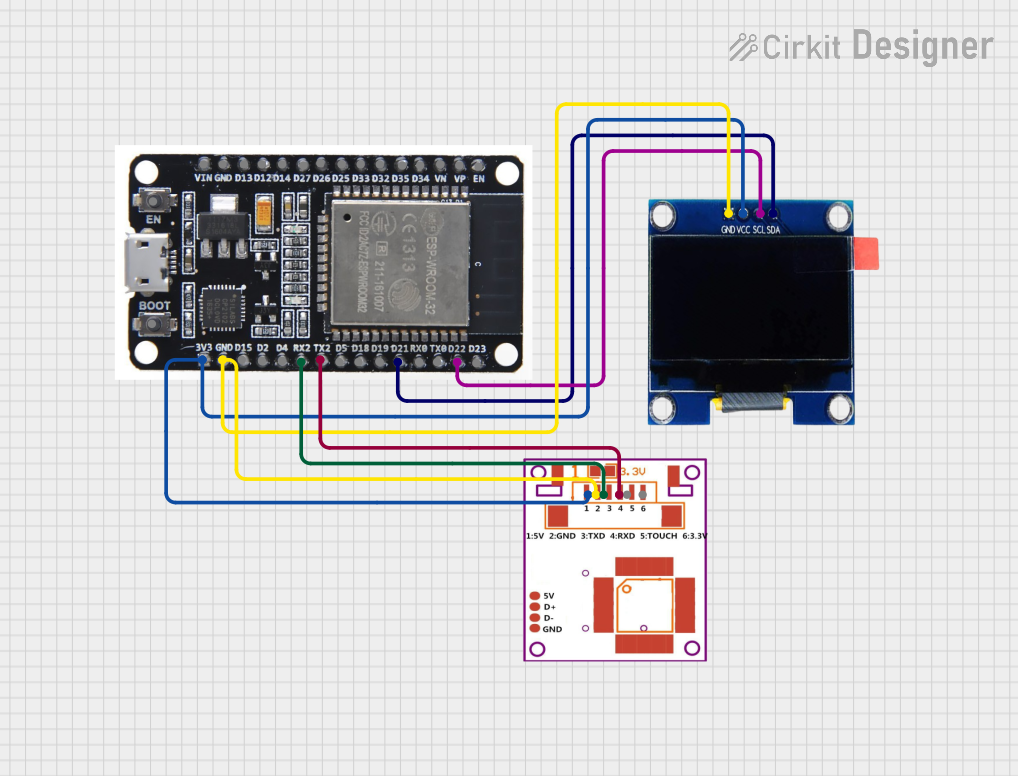
 Open Project in Cirkit Designer
Open Project in Cirkit DesignerExplore Projects Built with r307

 Open Project in Cirkit Designer
Open Project in Cirkit Designer
 Open Project in Cirkit Designer
Open Project in Cirkit Designer
 Open Project in Cirkit Designer
Open Project in Cirkit Designer
 Open Project in Cirkit Designer
Open Project in Cirkit DesignerTechnical Specifications
Key Technical Details
- Resistance Value: The R307's resistance value will be specified in ohms (Ω). The actual value should be indicated by the color bands on the resistor or in the product datasheet.
- Tolerance: This indicates how much the actual resistance can vary from the stated value, typically given in percentage (e.g., ±1%, ±5%).
- Power Rating: The maximum power the resistor can dissipate without damage, usually given in watts (W).
- Temperature Coefficient: This specifies how the resistance value changes with temperature, given in parts per million per degree Celsius (ppm/°C).
Pin Configuration and Descriptions
Since a resistor is a two-terminal component, it does not have a complex pin configuration. The two terminals are identical and interchangeable:
| Pin | Description |
|---|---|
| 1 | Terminal A |
| 2 | Terminal B |
Usage Instructions
How to Use the R307 in a Circuit
- Identify the Resistance Value: Use the color code or datasheet to determine the resistance value of the R307.
- Determine the Orientation: There is no polarity for resistors; they can be connected in any direction.
- Calculate the Required Power Rating: Ensure the power rating meets or exceeds the power that will be dissipated by the resistor in your specific application.
- Soldering: When soldering the R307 into a circuit, avoid excessive heat, which could damage the resistor or alter its value.
Important Considerations and Best Practices
- Tolerance Matching: For precision circuits, select resistors with a tight tolerance.
- Power Rating: Always choose a resistor with a power rating that can handle the expected power dissipation.
- Temperature Effects: Be aware of the temperature coefficient if the resistor will be used in environments with large temperature variations.
- Series and Parallel Connections: Use series connections to increase total resistance and parallel connections to decrease it.
Troubleshooting and FAQs
Common Issues
- Excessive Heat: If the resistor is too hot, it may be dissipating more power than its rating allows. Check the circuit design and power calculations.
- Unexpected Resistance Value: Ensure the resistor is not damaged and that the correct resistance value was selected for the application.
Solutions and Tips for Troubleshooting
- Check the Circuit Design: Verify that the resistor value and power rating are appropriate for the circuit.
- Inspect for Physical Damage: Look for signs of burning or damage that could affect the resistor's performance.
- Measure Resistance: Use a multimeter to measure the actual resistance of the R307.
FAQs
Q: Can I replace the R307 with a resistor of a different value? A: It depends on the circuit requirements. The replacement should have the same or higher power rating and a resistance value that meets the circuit's needs.
Q: Does the R307 have a polarity? A: No, resistors are non-polarized components and can be connected in any direction.
Q: What happens if I exceed the power rating of the R307? A: Exceeding the power rating can cause the resistor to overheat, potentially leading to failure or damage to the circuit.
Q: How do I know if the R307 is faulty? A: A faulty resistor may show signs of physical damage or measure an incorrect resistance value with a multimeter.
Note: The R307 is a generic designation for a resistor and may not correspond to a specific product model. Always refer to the manufacturer's datasheet for exact specifications and ensure that the component meets the requirements of your application.